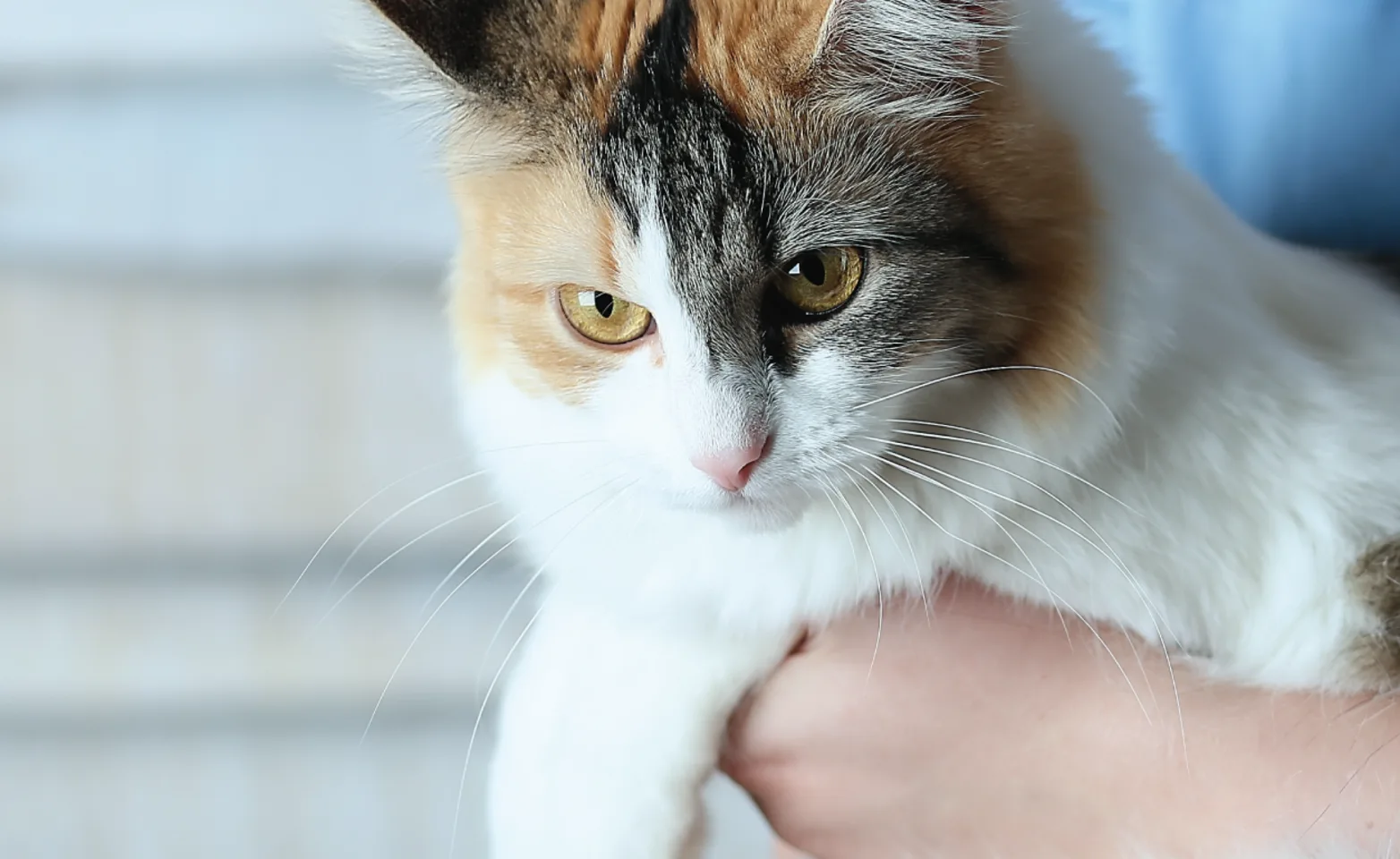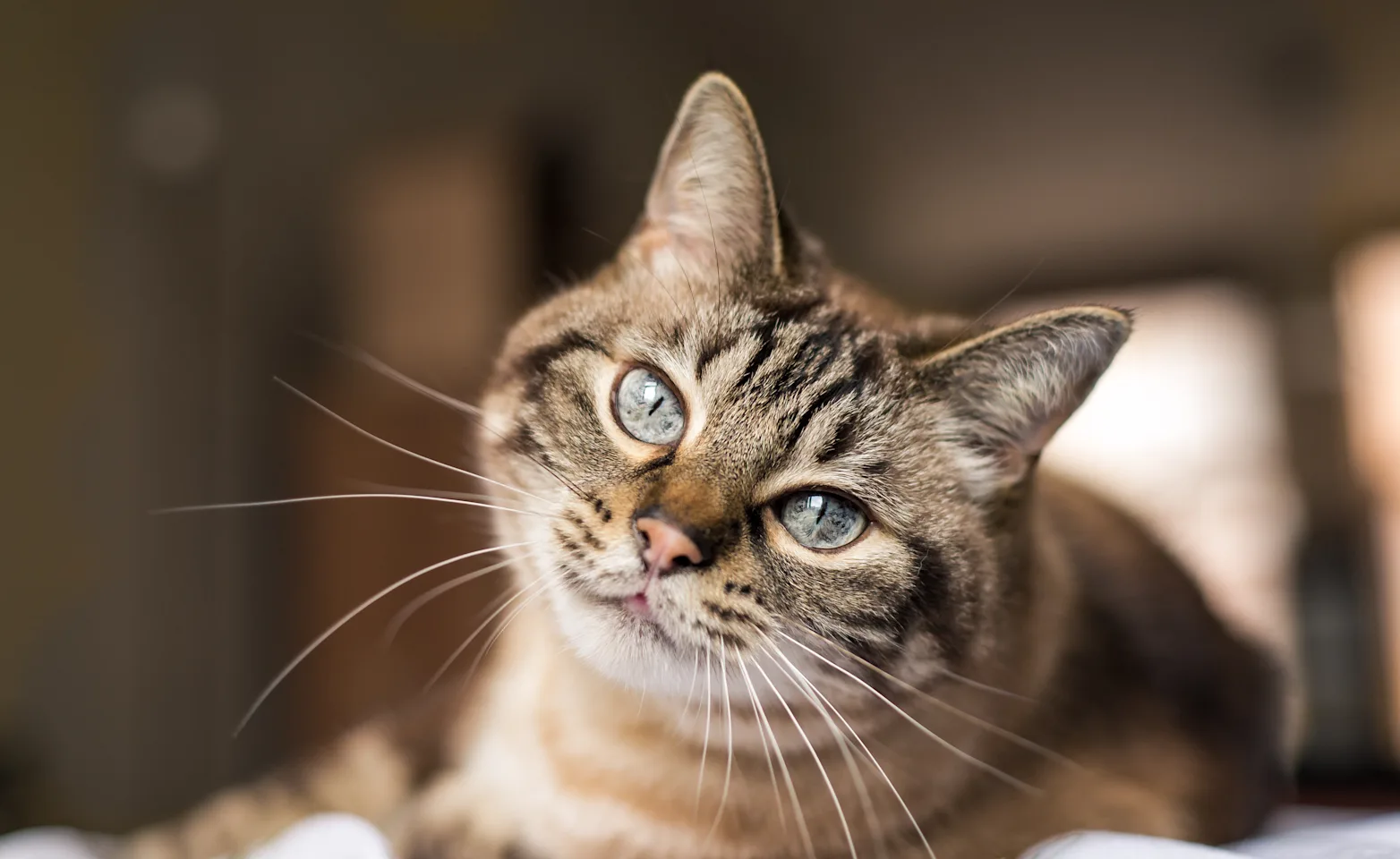Memorial Road Pet Hospital

Cats: Destructive Scratching
The trick is to teach your cat what they can scratch—and what is off limits.
You probably don't agree with your cat's ideas for remodeling your living room. But your cat doesn't claw the couch or scrape the drapes because they're a bad kitty. Cats scratch for many reasons: to remove the dead outer layer of their claws, to mark their territory by leaving both a visual mark and a scent (they have scent glands on their paws), and to stretch their bodies and flex their feet and claws.
Scratching is a normal, instinctive behavior and you don't want to discourage it completely. Instead, your goal should be getting your cat to scratch acceptable objects, like a scratching post.

Watch and Learn
What do cats scratch? Most cats are attracted to anything with a nubby, coarse or textured surface, or something they can really sink their claws into.
When do they scratch? When they wake up from a nap, when they want to mark their territory or when they’re excited about something, like you coming home from work.
How do they scratch? Some cats like to stand up against a vertical surface; others get horizontal and stick their butts in the air for a good stretch.

Present Alternatives
Once you've figured out your cat's preferences, you're halfway to the finish line. Scratching behavior depends mostly on texture, so cover off-limits spots with things your cat will find unappealing on their paws, like double-sided sticky tape or aluminum foil. Many cats don't like the odor of citrus or menthol. In cases with non-fabric surfaces, try attaching cotton balls soaked in cologne or a muscle rub to the places you want them to leave alone.
You may have to keep these items in place for a few weeks or months, or until your cat is using scratching posts consistently. When the time comes, remove them one at a time.

Cats just want to have fun
Scratching posts and pads are available in all shapes, sizes and materials. But if you're feeling industrious, you can easily find DIY building plans online or try one a homemade alternative using these tips:
A sturdy, rope-covered upright post; a flat scratch pad of corrugated cardboard, the back side of a carpet square or a small log with the bark still on can make excellent scratching pads (just be sure that wood hasn't been treated with chemicals before bringing it inside)
A scratching object can be free-standing, lie on the floor or hang from a doorknob. Experiment to find out what your cat prefers or, even better, provide a variety of scratching objects in different places and positions.
Rub a little catnip into the post or attach a toy to the top to make it even more attractive.
Praise your cat for using the post or any other object that is acceptable for them to scratch
Make it clear
Location, location, location Put the posts where your cat wants them — like next to their sleeping spot for a quick stretch after a nap or by the front door for a really intense session after they greet you. Place posts in prominent spots on each level of the house so they don't have to go far to indulge. Once your cat is regularly using their post, you can move it little by little to where you'd like it. But, really, why tempt fate? Better to leave it in their favorite spot so they leave your favorite things alone.
